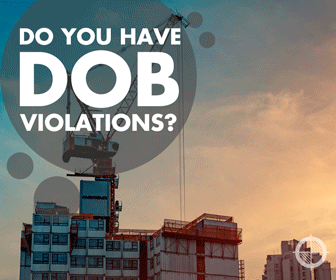
Powering Up: Applications Open for E-Bike Charging Cabinets
The New York City Department of Transportation (DOT) is rolling out sidewalk charging stations for e-bikes to reduce deadly fires caused by lithium-ion batteries.

Building Inclusivity: Women Who Paved the Way
As part two of our “building inclusivity” series, this March we will be celebrating the long history of women in the construction field; from empowering stories of accomplishment to unveiled hidden histories, this article seeks to uncover the lesser-known voices that helped build this industry.

Building Inclusivity: Celebrating Black History in Construction, Architecture, & Engineering
In celebration of Black History Month, we’re highlighting some influential Black figures in construction, architecture, and engineering history. Even if you don’t know them by name, you will probably know their work!

Outsource Special Inspections Becomes Class 1 Agency
Outsource Special Inspections (OSI), a trusted source for special inspections in New York City since 2012, is excited to announce its transition from a Class 2 to Class 1 agency. This upgrade, which significantly expands the amount of inspections offered by OSI, marks a major milestone for the company.

Outsource Consultants Inc becomes SCA Certified MBE
Outsource Consultants, Inc., expediting, building code, and zoning experts in New York City for 30 years and counting, is thrilled to announce a new MBE certification from the New York City School Construction Authority (NYC SCA). The certification will be the fourth addition to Outsource’s current collection of MBEs from accredited institutions, including NYC Small Business Services (SBE), New York State (NYS), and New York & New Jersey Minority Supplier Development Council (NYNJMSDC).

Don’t Waste Your Energy! New Workbooks for Prescriptive Energy Conservation Measures
In the effort to enforce carbon neutrality by 2050, Local Law 97 (LL97) has introduced a variety of new restrictions for New York City buildings that will take effect in 2024.

The Height of Safety: LL 147 Will Change the Definition of Major Buildings
An upcoming change to the definition of “major buildings” will have major ramifications for thousands of New York City properties by the end of the year. Read up on the details to understand how it may affect you.

Get Used to It: New Zoning Use Groups
July 1st marks the beginning of a new era for The New York City Zoning Resolution (ZR), which will be undergoing a Use Group overhaul. Make sure to read up on the changes before filing any applications—it’s easy to get confused!

Was it All a Facade?: DOB Launches Review of the City’s Facade Inspection Program
Facade inspections and regulations may soon undergo major changes, after the NYC Department of Buildings (DOB) announced the introduction of a comprehensive review of the current Facade and Inspection Safety program in May.

Decoding City of Yes: How to House NYC?
The New York City Council began its public review of “The City of Yes for Housing Opportunity” proposal this April, following the approval of its predecessors, Carbon Neutrality and Economic Opportunity. The plan addresses a lack of affordable housing in NYC and promises to streamline residential conversions, increase density, and allow for taller buildings, among a host of other zoning changes.

Decoding City of Yes: NYC Says Yes To Economic Opportunity
The second installment of Mayor Adam’s plan to update zoning, “City of Yes for Economic Opportunity,” is officially in motion as of March 6, 2024. Prepare for major changes, and read on for the breakdown.

Decoding “City of Yes”: NYC Is Positive About Carbon Neutrality
There’s no more need to talk about green infrastructure in the future tense — under the new plan for combating climate change in New York City, the future of sustainability starts now.

Shaking Things Up: How Well Can NYC Withstand Earthquakes?
On a list of cities most vulnerable to seismic activity, New York City ranks low. Though, if the recent 4.8-magnitude earthquake in New Jersey is any indication, this city has become too comfortable on stable ground.

Can I See Your ID?: New Login Requirements for DOB NOW
Beginning June 3, 2024, all DOB NOW users must also have an NYC.ID account. Read on for more details!

25 to Zero: DOB Increases Effort to Reach Net Zero Emissions by 2050
This March, the Department of Buildings (DOB) nearly doubled the amount of staff members dedicated to enforcing Local Law 97 (LL 97), a landmark carbon emissions law, increasing the number of personnel from 11 to 21. The change responds to recent criticism about the lack of resources dedicated to addressing climate change in New York City, and indicates a renewed effort to upholding the law as increasingly stricter emission benchmarks loom in 2025.

Bury Buildings, Not Birds: Flaco’s Death Revives Bird-Proofing Architecture
When Flaco the Eurasian eagle-owl escaped Central Park Zoo, he became a symbol of urban wildlife and a minor celebrity for New York City residents. More than a few miles away from his natural habitat, many feared the exotic owl wouldn’t be able to survive in the city for long. Sadly these fears were validated when, following a year of freedom, Flaco died after colliding with a skyscraper.

Raise the Alarms: FDNY Updates Requirements for As-Built Riser Diagrams
Calling all contractors, engineers, and developers! A new bulletin released by the New York Fire Department (FDNY) this December may impact your current and future projects.
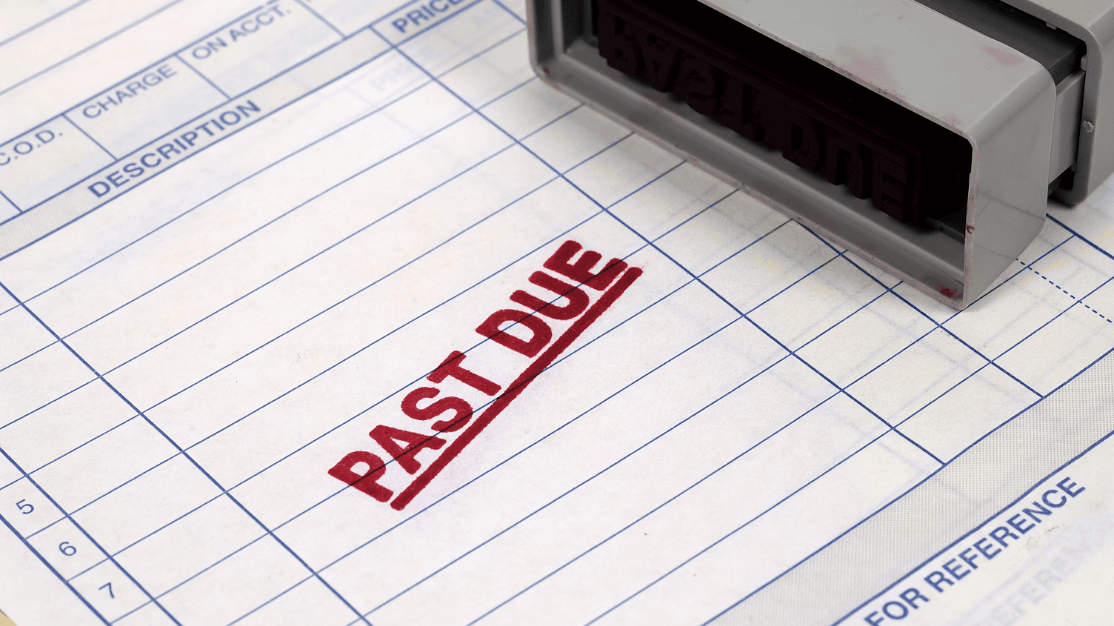
Revisiting Reinstatement Fees: DOB Announces Major Update
A recent service notice issued by the Department of Buildings (DOB) introduced a new schedule for reinstatement fees—and it could affect your upcoming projects.

Autumn Updates: DOB NOW Launches Three New Work Types
November marks a month of changes for DOB NOW: Build.

NYC’s Infrastructure Fails to Prevent Flooding — How Can It Improve?
On September 29th, Tropical Storm Ophelia brought New York City to its knees and left its inhabitants knee-deep in floodwater. What began as a “rainy week” quickly escalated into a State of Emergency that demonstrated, for a second time since Hurricane Ida in 2021, the ineffectiveness of NYC infrastructure in combating extreme weather events. Floodwater burst through the caulk of subway tiles, sewer drains clogged with swirling trash, and buses became boats. By the end of the day, the city had received as much rainfall as it usually would in two to three months, according to MTA Chair and CEO Janno Lieber. Flooding due to extreme rainfall could be written off as uncommon, but events such as these will likely only increase in frequency as climate change effects escalate. If the September flooding taught us anything, it’s that this lesson will not be the last of its kind.

Outsource Consultants, Inc. partners with Non-Profit One Tree Planted
Helping Drive Sustainability by Planting Trees When the First Permit is Achieved for Every Project

Innovative Horizons: Exploring Discovery's World HQ in New York City
It’s been five years since Discovery, Inc., one of the world’s largest providers of informative entertainment, announced its plans to relocate its New York offices to 230 Park Avenue South. Today, that plan has finally come to fruition, with some of New York’s top design, consulting, and construction firms proud to have played a part.

Air Quality Alert: Environmental Protection Agency Says NYC To Upgrade to “Severe” Smog Status
Permitting rules may become stricter for certain projects in New York City in the near future, due to a proposed air quality reclassification by the U.S. Environmental Protection Agency.

Pride in Construction: New Bill Aims to Improve Conditions Across Sex and Gender Spectrum
A bill currently being debated by the New York City Council hopes to put a spotlight on the struggles – and potential solutions – for women, LGBTQ+, intersex, non-binary, and gender non-conforming workers in nontraditional careers, including those in construction.

City of Yes: New NYC Zoning Amendments for Growth and Sustainability
On June 1, 2022, three citywide zoning amendments were announced that could remove limitations and encourage new building and alteration uses in neighborhoods which previously would have banned them.
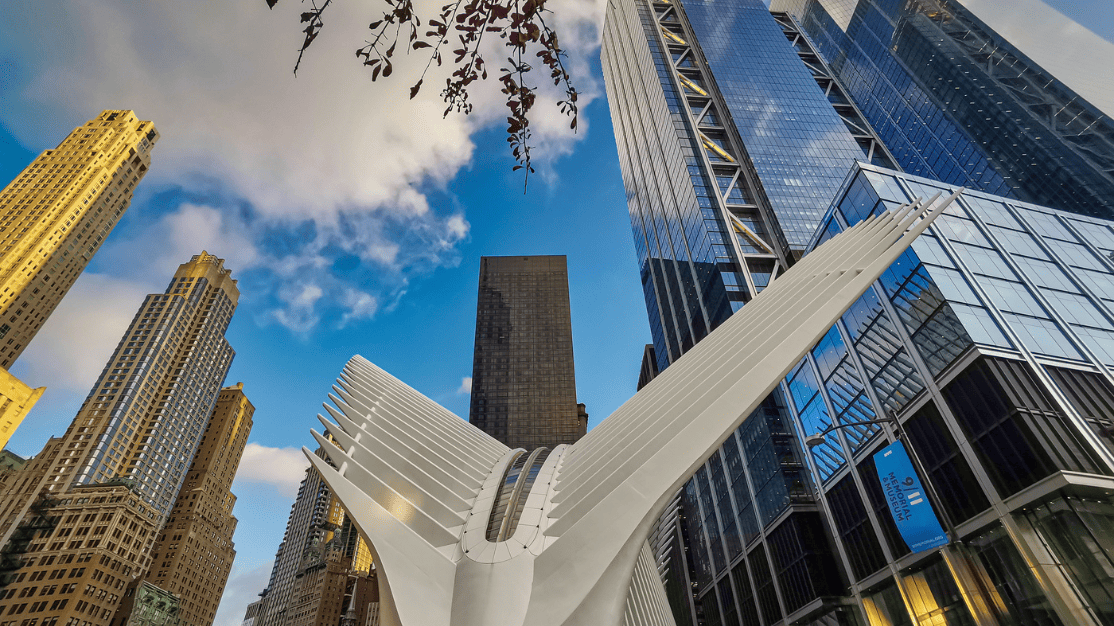
How the 2022 NYC Construction Code Affects Upcoming Filings
See if and when your upcoming projects will be affected.
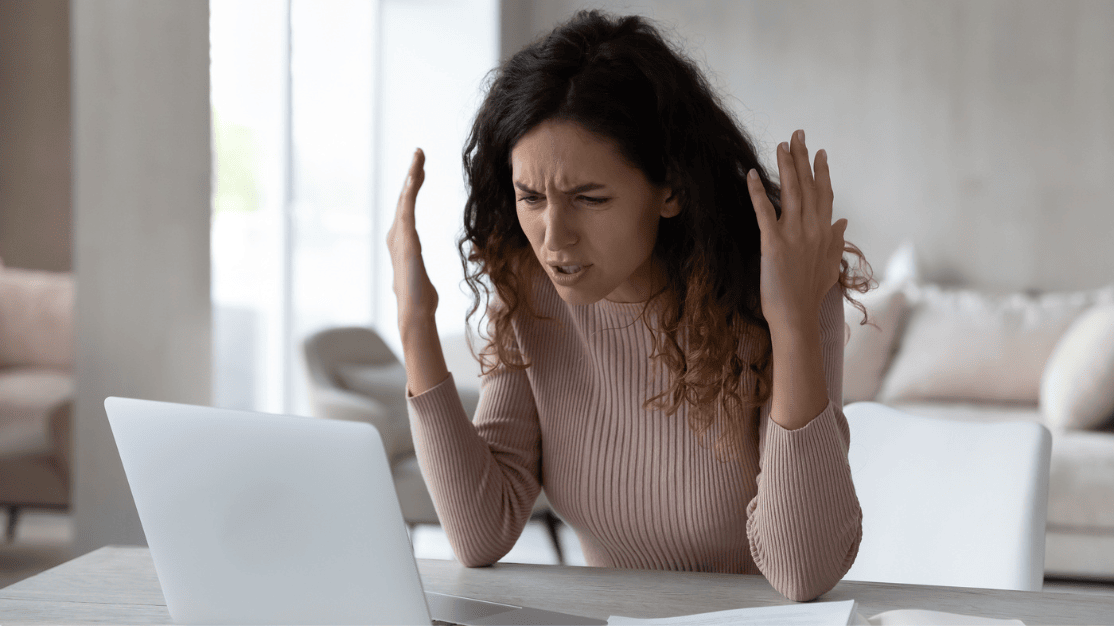
Weigh In: Zoning Diagrams Now Open for Public Challenge through DOB NOW
It is now easier than ever for the public to weigh in on certain New Building and Alterations projects in NYC.

New NYC Special Inspections Site Launched, with Better Options to Get Special Inspections
New York, NY – Since 2012, Outsource Special Inspections (OSI) has been a trusted source for special inspections in New York City. Led by a senior team of knowledgeable, highly qualified professional engineers, OSI performs NYC Department of Buildings-certified inspections across New York City every day, covering over 600 clients.

One More Step: Transit-Adjacent Sites within 50 Feet Must Get MTA Approval
How the new Zoning for Accessibility initiative may affect design professionals.

A Look Back: The Top 5 Decoder Articles of 2021
Check out Decoder’s highlights from the past year.

Bridges & Tunnels: Infrastructure’s Impact on NYC Construction
Why construction professionals should care about the Bipartisan Infrastructure Bill, and what to do about it.

Going to the Next Level: All About Zoning for Accessibility
On October 7, 2021, the Elevate Transit: Zoning for Accessibility initiative was approved by the NYCC and MTA.

New Year, New Codes: Major Construction Code Updates for 2022
On October 7, 2021, the NYC Department of Buildings approved a major overhaul to the NYC Construction Code.

In and Out: Guidelines for Hybrid Office Design
In 2020, we talked quite a bit about what the future of work would look like.

Don’t Be Alarmed: FDNY Services Go Fully Digital
Be advised: As of September 7, 2021, all FDNY services must now be filed exclusively online.

Overall Overhaul: DOB Website Updates You May Have Missed
From redesigns to online license applications, here’s the latest on the NYC Buildings website.

Energy Experiment: The Energy Code Performance Pilot Program
The DOB recently announced a 5-month pilot program for designers to test new tools for a 100% performance-based approach to the current NYC energy code.

Wheels in Motion: 3 Post-COVID Design Trends From the Penn Station and Port Authority Plans
Earlier in 2021, two of New York City’s major transportation hubs, Penn Station and Port Authority Bus Terminal, released plans to the public for a major overhaul of the current infrastructure.

A Code of Their Own: NYC DOB Plans to Release Existing Building Code
Learn more about the DOB’s pioneering effort to better address existing building repairs and alterations.

For What It’s Earth
NYC Climate Code Updates and Energy Benchmark Deadline

Change in Procedure: Minor Plan Changes Now Require Post-Approval Amendments
How will this affect your projects?

3 Ways to Help You Manage Your NYC Building Projects Amid Agency Changes
Explore how this online dashboard tracks and resolves your critical building items.
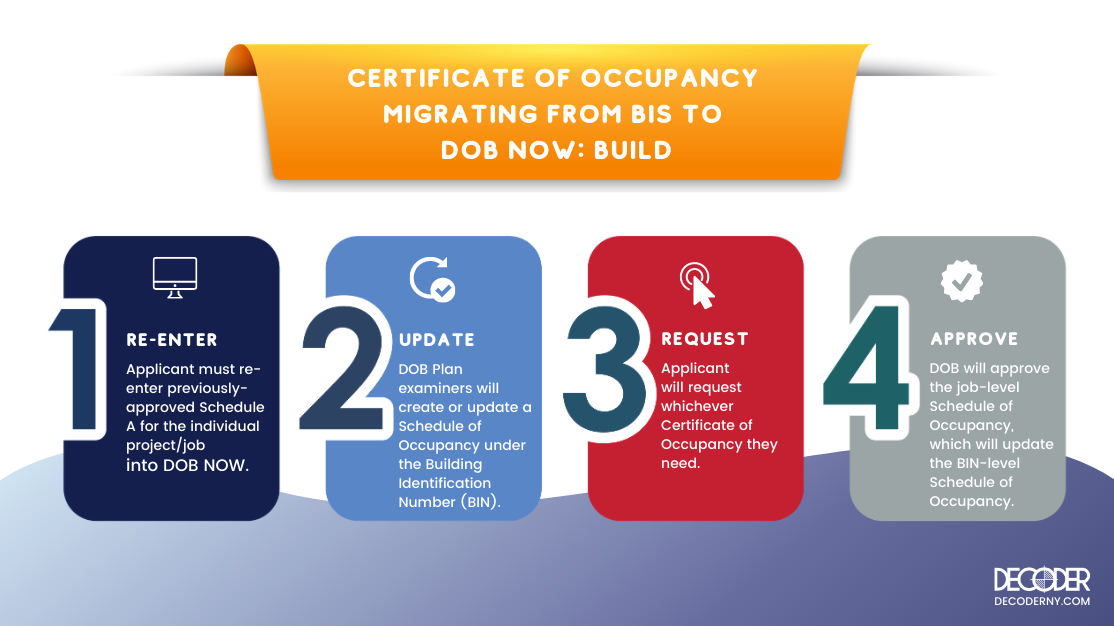
Issuance and Renewal of COs migrating to DOB NOW: Build
Learn more on how to migrate Certificates of Occupancy from BIS.

LL15 of 2020: A Brief Guide to Bird-Friendly Building Design
New mandates go into effect January 10, 2021.

Want to Convert Your Rooftop? 3 Things to Keep in Mind
Code considerations for making usable rooftop spaces in New York.

Reimagining Design for the New Normal: Offices
It’s more than plexiglass and 6 feet. Before you put up the partitions, check with the code.

Reimagining Design for the New Normal: Museums
Museums are now open in NYC! See how these valuable cultural institutions are safeguarding patrons now and in the near future.

Bites and Barriers
How to Create Code-Compliant Temporary Outdoor Dining Seating Amid COVID-19 Crisis.

5 Things to Consider for Post-Quarantine Workspace Design
As New York starts to reopen after months of quarantine from COVID-19 novel coronavirus, many workplaces are wondering how to get people back in the office while still ensuring employee safety. From simple solutions to new technologies, here are five things to keep in mind.

Looking Ahead: The Future of Construction in New York City
What will construction look like when the stop order is lifted?

All Hands on Deck: Emergency Work during COVID-19 Crisis
How to navigate filing for emergency staging and temporary hospital projects.

COVID-19 Hits NYC Construction
Navigating filing and construction in the midst of New York on PAUSE.

Looking to the Future: The 2020 NYC Energy Conservation Code
The new code will go into effect on May 12, 2020.

Mandatory Sustainable Roofing Required for New Buildings and Enlargements.
What you need to know when Local Laws 92 & 94 go into effect.

Local Law 49 - Basement Apartment Conversion Pilot Program
Select areas in Brooklyn may now be permitted to create lawful cellar apartments.

It’s 2019! It’s More Than Just a Sign
A refresher on gender neutral bathroom signs
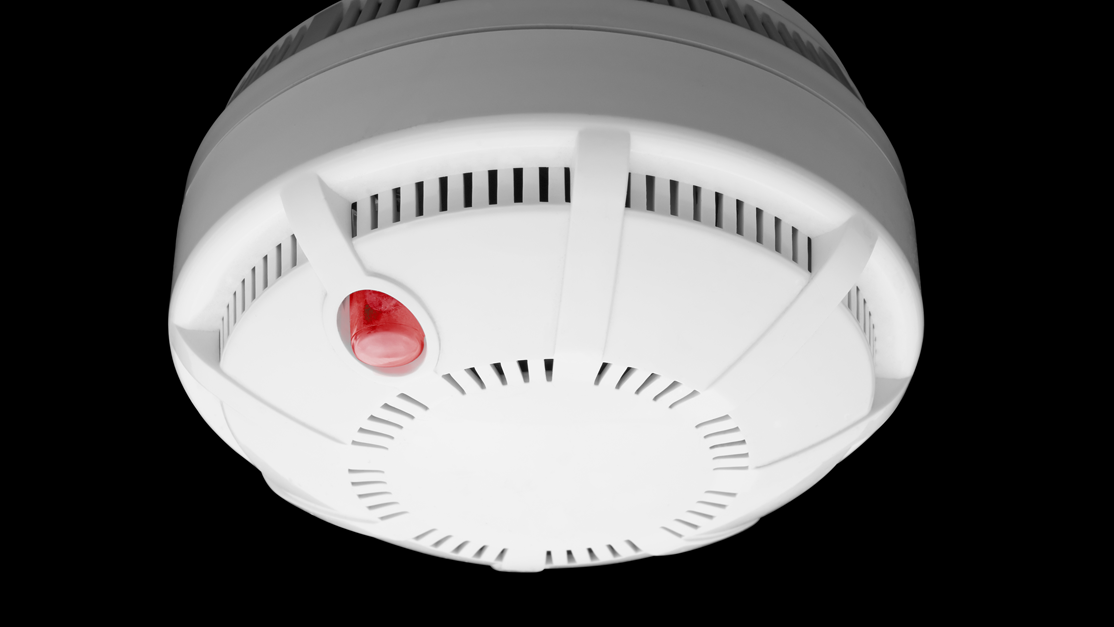
Local Law 195 - Fire Alarm Applications
If you're experiencing longer wait times for fire alarm application review, this could be the reason why.

Tick Tock…Your 20 Minutes Are Up!
Reduced plan exam appointments for Alteration Type 1 applications.

Are YOU ready for DOB Now?
Here is what you need to know, in a nutshell.

Inspect what YOU expect
The Department of buildings has a long history of allowing Design Applicants or a designated Third-Party Inspectors the ability to conduct a final construction inspection on their projects.

Not So Little Rascals
If you have ever been at home sick watching daytime television, you’ve certainly seen commercials for Rascal scooters and similar devices. These devices are typically larger than a standard wheel chair and may have difficulty maneuvering within a building.
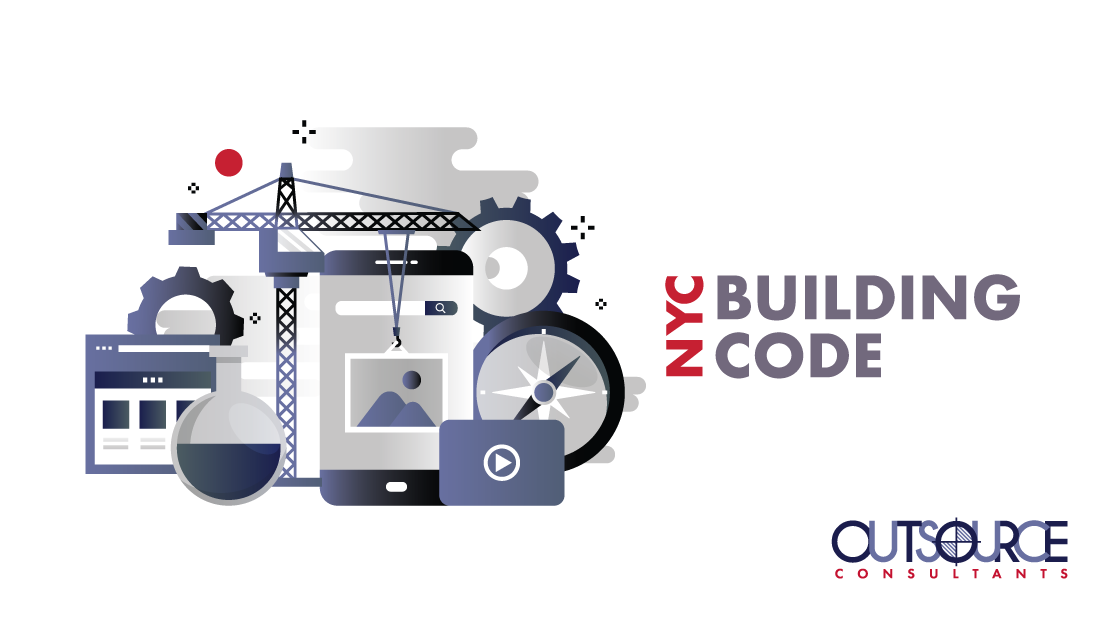
LL 141, Exceptions, Accessibility and You
The New York City Council introduces hundreds of new local laws each year. In 2013 Local Law 141 was enacted which solidified the adoption of an NYC modification of the 2009 International Building Code (IBC) as the new city Building Code
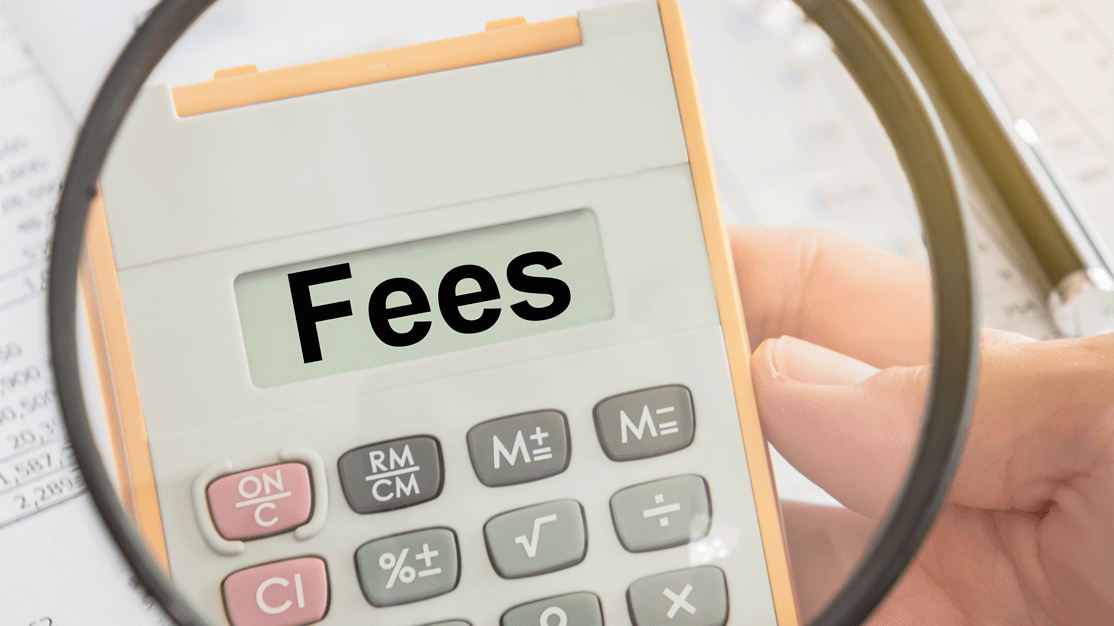
Fees Go Up and Down
Recently the DOB changed some of its application fees for residential buildings. Some fees went up, some went down. The news fees were originally laid out by LL56 of 2016, but only implemented into DOB systems on March 5, 2018. For the new fees, the DOB created of new classification and pricing tier for buildings above and below 7 stories and 100,000 square feet.

The Church and the Liquor Store
You rarely see liquor stores alongside churches and schools in New York City. It’s not a zoning restriction. It’s actually a law imposed by the New York Liquor Authority called the 200 Foot Rule.

Bending the Rules
It’s no coincidence that New York City has seen a proliferation of yoga studios in the last several years. This is largely due to the Department of Buildings distinguishing yoga studios from their “physical culture” brethren–the massage parlors, bathhouses and gyms that require BSA approval.

When Apartments Combine
The combining of residential units has become increasingly popular in New York City. Residential combinations can range from the joining of two apartments to turning a larger multiple dwelling into a single family home.

Getting into the Woods
Manhattan is built to the sky with steel, concrete and glass, but a growing trend threatens to transform the composition of the famous horizon. Emboldened by the burgeoning prefabricated wood engineering process called mass timber, architects are beginning to envision the wooden high-rise. But will the Building Code oblige?

Energy Requirements Expand
The Department of Buildings released three Local Laws changing key definitions that broaden the types of buildings required to benchmark, upgrade lighting and install sub-meters. These Local Laws amend the Administrative Code to redefine covered buildings, city buildings and covered tenant spaces.

Unisex in the City
Beginning January 1st, 2017, Local Law 79 of 2016 requires single occupancy bathrooms in New York City to be available for men or women. Single occupancy bathrooms are defined as “a toilet room with no more than one water closet and no more than one urinal.”

NYC’s Energy Code is Air Tight
New York City and State will implement their new Energy Codes on October 3, 2016. New York State Energy Conservation Code (NYSECC) is based on the International Energy Conservation Code and ASHRAE 90.1-2013. The New York City Energy Conservation Code (NYCECC) is the adopted version of Local Law 91.

Raising the Ground Floor Roof
Perhaps the most significant piece of the Zoning for Quality and Affordability amendment is the new allowance of an extra five feet of ground floor height for many buildings.

Inner Courts Shrink
New York City Planning is now allowing some residential districts to have significantly smaller courts. The Zoning for Quality and Affordability Amendment (ZQA) created a category for “small inner courts,” which can be as small as 200 square feet. Small inner courts are permitted in R6 – R10 districts under the following circumstances:
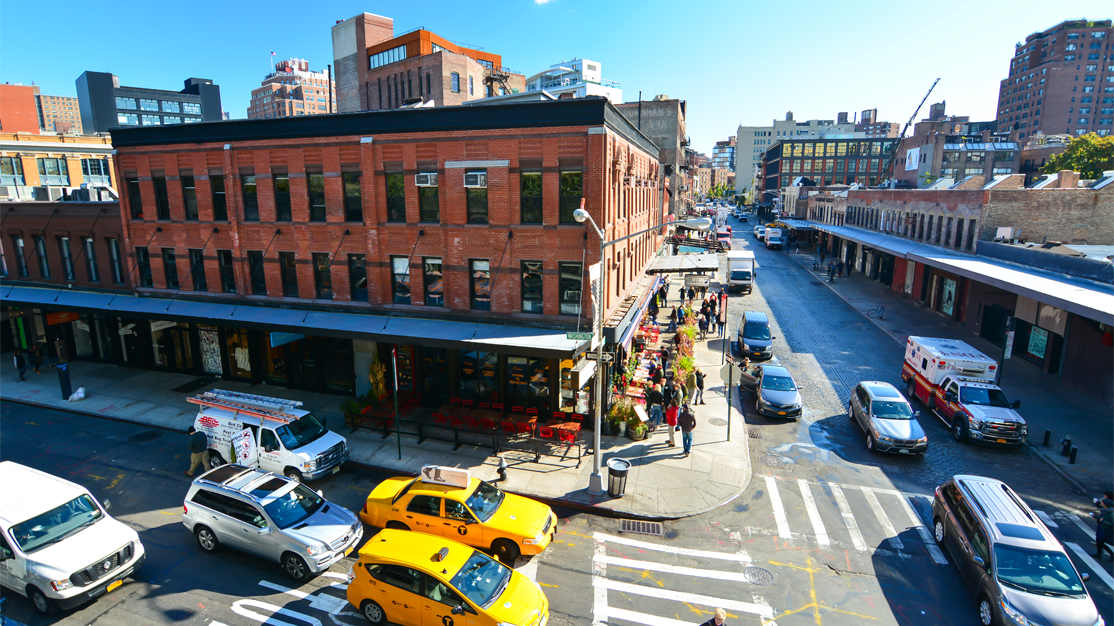
How Much is a Lot?
Under the Zoning for Quality and Affordability (ZQA), corner lots in R6-R10 contextual districts will now be permitted 100% lot coverage. Previously these corner lots were limited to 80% coverage.
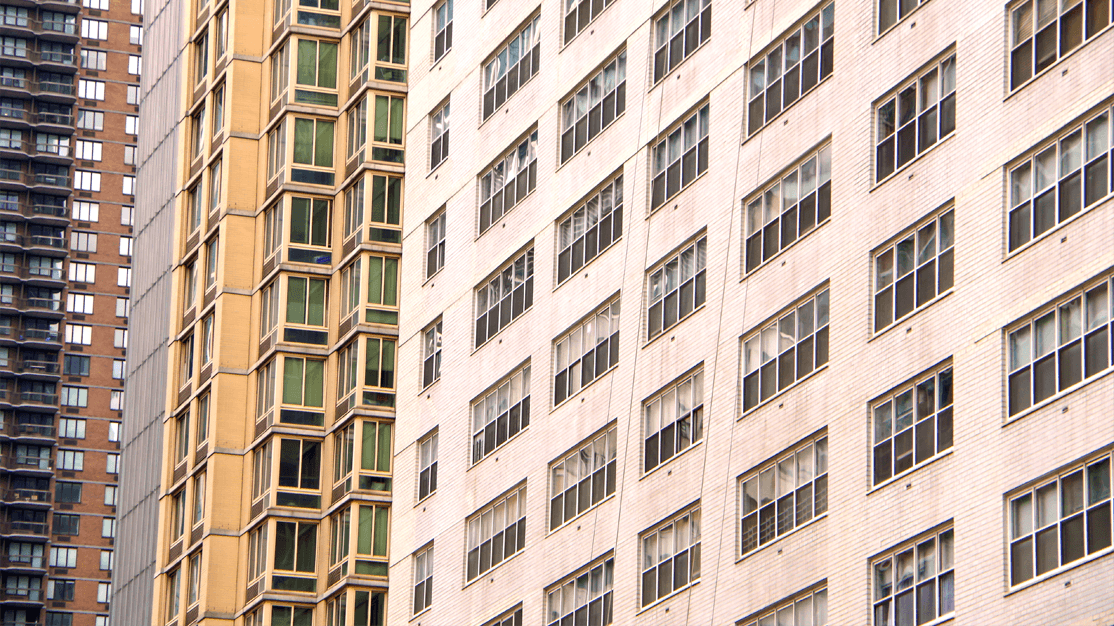
Why Opt-in to Quality Housing?
The Quality Housing Program was established in 1987 to help maintain the architectural character of New York City neighborhoods. The program includes rules concerning height, bulk, lot coverage, street line and more. Quality Housing is mandatory in contextual R6-R10 districts, but only optional in non-contextual R6-R10 districts.

NYC’s Industrial Residentialization
The redevelopment of industrial areas for residential use has been a trend throughout New York City’s recent history. Thirty years ago it was happening in neighborhoods like Soho and Tribeca. Today luxury residential development has expanded to industry parts of Dumbo and North Brooklyn.

1968: The Year the Code Changed
Nineteen Sixty Eight may be the most important year in New York City building development. That year the Department released an updated Building Code. It took forty years to release another. This left a lot of buildings under the 1968 code.

Accessibility Face-Lift
The DOB recently released a bulletin to clarify instances when wheelchair lifts can be used within an accessible route. With few exceptions, the 2014 Building Code eliminated wheelchair lifts as a component of accessible route in “new construction.”

Can a Bedroom in NYC Have a Sink?
A bedroom in New York City can have lavatory in a bedroom only if it functions as a secondary lavatory. The dwelling unit would need to have a compliant, accessible bathroom elsewhere. The Building Code does not address requirements for a secondary lavatory in a bedroom, but it’s likely the DOB would require the lavatory to be fully accessible, meaning an accessible approach to the sink.

Escape From Parking in New York
After lengthy debate, City Council approved Mayor de Blasio’s Zoning for Quality and Affordability plan (ZQA). A key component of the plan is the relaxation of parking requirements for multiple dwellings. By eliminating parking requirements, the mayor aims to make it easier for developers to maximize zoning lots for affordable and senior housing.

Landmarks Maps NYC’s Architectural Heritage
New York’s Landmarks Preservation Commission released a citywide interactive Landmark map called Discover Landmarks NYC. The map highlights all landmarked buildings and districts in New York. Each building or district is clickable, providing an image and brief description. It’s a fun map that aims to educate locals and tourists about the architectural heritage of New York.
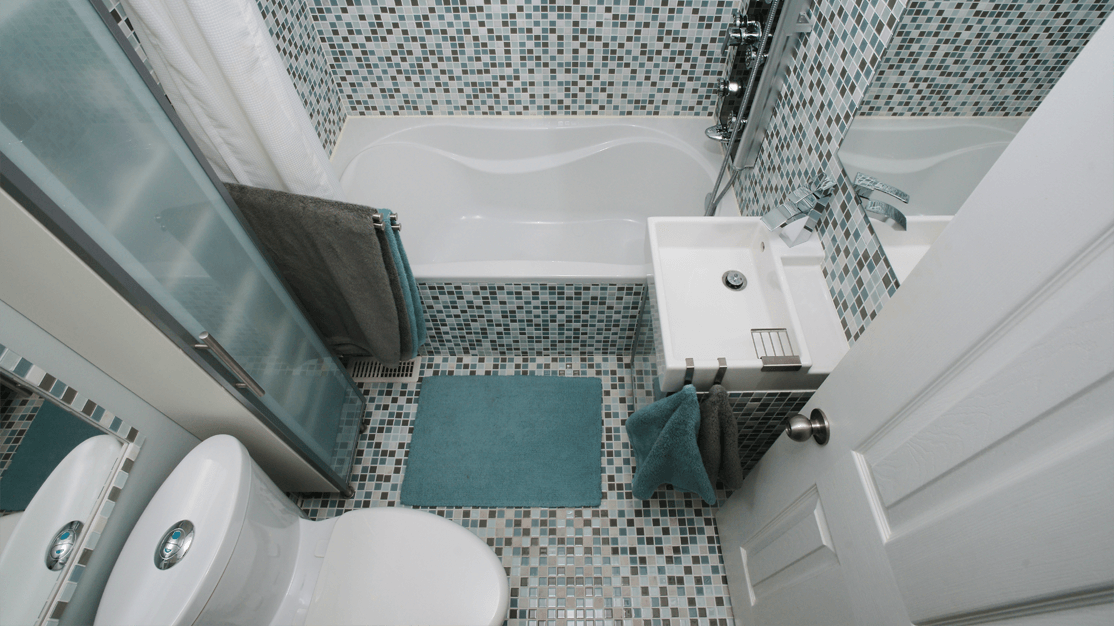
DOB Releases New Bathroom Prototypes
The DOB released new bathroom prototypes as Rule 1101-01. These prototypes serve as accessibility alternatives for buildings undergoing renovation and occupied on or before March 13, 1991. Buildings that cannot implement the prototypes are subject to the current accessibility standards for bathrooms, outlined in Chapter 11 of the 2014 Building Code.

Keep Your Ramps to Yourself
Beginning in 1987, accessibility laws required all new buildings in New York to have entrances at grade. However, in an effort to improve accessibility in older buildings, the Department of Transportation allows pre-1987 buildings to construct entrance ramps extending beyond the property line under revocable consent.

Opening Up to Convenience Stairs
Convenience stairs, loosely defined as any non-egress stairs, are increasingly popular in New York retail establishments. Most establishments prefer open convenience stairs as opposed to fully enclosed shaft stairs. Because open convenience stairs pose increased fire hazards, they are required to abide by a strict series of code. Here is how open convenience stairs may be permissible with the most allowances.

Street Tree Smarts
NYC’s street tree planting requirement may leave some developers out on a limb. Since the Street Tree Amendment of 2007 all new buildings, major enlargements and certain conversions are required to plant street trees. If a building owner fails to plant street trees, the DOB will not issue a TCO.

New Fire Codes to Know
So many new codes have been released since 2014 that building professionals are still catching their collective breath. The FDNY released a memo simplifying some of the most important changes in the 2014 Fire Code. The changes can broadly be categorized to include codes relating to fire escape plans and those relating to road and rooftop accessibility.

Opening Up the Lot Line Windows
The Department of Buildings recently released Buildings Bulletin 2015-017 to clarify code requirements related to lot line windows on R-2 and R-3 buildings.

Building Etiquette
As expected, Department of Buildings Commissioner Rick Chandler released a Code of Conduct memo outlining the rules and regulations for industry professionals.

DOB Targets Bad Actors
Integrity is a pillar of DOB Commissioner Rick Chandler’s Building One City blueprint. DOB employees have been subject to a Code of Conduct since 2009. The Code of Conduct establishes ethical codes and standards of conduct for DOB employees. In the summer of 2015 the DOB will release an industrywide Code of Conduct that will extend to developers, professionals and other project stakeholders.

Where Do I Sign?
Though New Yorkers may feel inundated with signage, signage is heavily regulated by the Zoning Resolution’s Use Regulations in Article 3 Section 2. The Zoning Resolution heavily regulates signage in residential districts, while commercial and manufacturing districts are generally more permissive.

Constraints of Non-Conforming Use
New York City has undergone several zoning changes over the years. When a district undergoes a major zoning change, a building’s use doesn’t necessarily have to fall in line. The building can remain in the district under what’s called non-conforming use.

Third Stairway to Egress
The Department of Buildings will soon enforce Section 403.5.2 of the Building Code requiring buildings to have a third egress stair. Applications filed on or after July 1, 2015 will be subject to the code. The enforcement date of Section 403.5.2 was postponed to give City Council time to pass a zoning text amendment discounting the floor area from the additional stairway.

When is a Fire Protection Plan Required?
A Fire Protection Plan (FPP) is a detailed report of the life safety, fire safety and evacuation systems of a building. The plan includes narrative descriptions of the building, its safety systems and features along with drawings that denote all items within these systems.

Increasing Occupancy
Increasing occupancy on the floor of a building requires filing an alteration type 1 application with the DOB and getting a new (or amended) certificate of occupancy. An architect will determine the nature and extent of construction required to increase the occupancy.

Have a Drink on NYC
Before the proliferation of water bottles, drinking fountains were relied upon to quench one’s thirst. But water fountains aren’t thoughtlessly installed into buildings. The New York City Plumbing Code has clear-cut laws on access to water and water fountains.

Little e’s, Big Headaches
For New York City buildings, an E-designation can feel like a bad diagnosis. New York City’s Department of City Planning assigns E-designations to tax lots deemed to have hazardous materials, noise, or air quality levels below environmental requirements outlined the City Environmental Quality Review (Appendix C). An E-designation, also known as “little e,” often causes confusion for owners and frustration for design professionals.

New Special Inspections to Rollout in 2015
Architects, engineers, contractors, and inspectors need to familiarize themselves with the new special inspections debuting with the 2014 Building Code that rolls out on December 31, 2014. Here are some of those new special inspections.

Kicking the Code Down the Road
New York City Council passed Intro 472A and 474, effectively postponing the implementation date of the new 2014 Building Code back to December 31, 2014. The new building code had previously been scheduled to take effect on October 1, 2014.
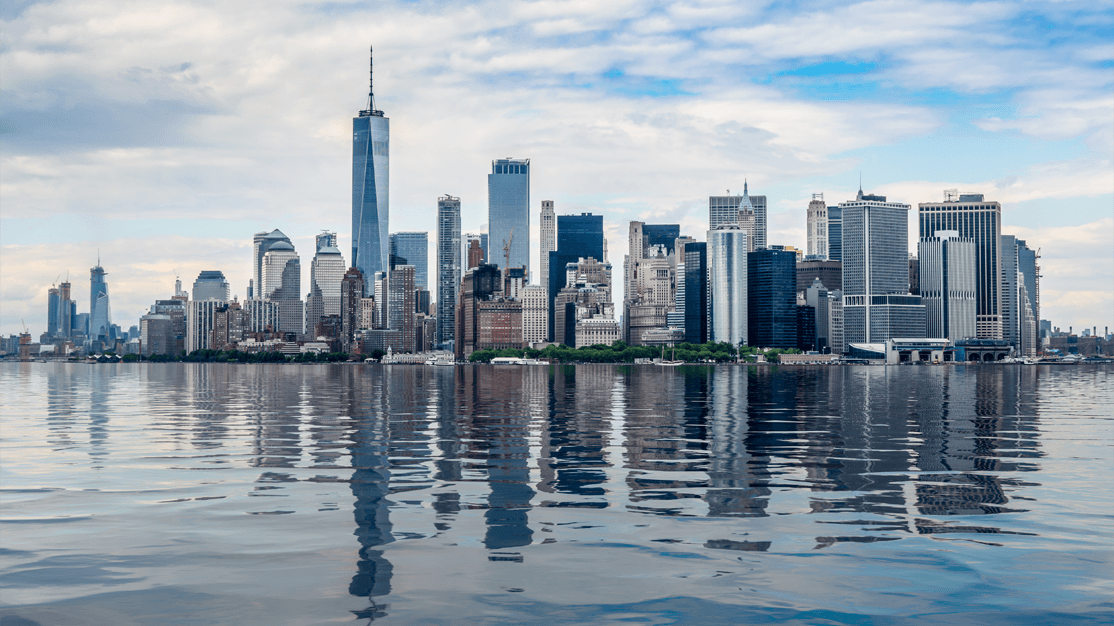
Flood Amendment Considers Streetscapes
New York City’s recently approved Flood Resilience Zoning Text Amendment means a host of changes for buildings in New York City’s flood zones. The centerpiece of the amendment is the imposition of the Flood-Resistant Construction Elevation (FRCE), defined as the FEMA flood elevation requirement plus the freeboard requirement as outlined in the building code.





